Apple Mac malware detections overtake Windows for the first time
MacOS is no longer a bastion against cyber threats


Cyber threats aimed at Macs have outpaced those targeted at Windows PCs for the first time, signalling that Apple’s computers are not as secure as they once might have been.
For some time, it was a commonly held belief that Apple Mac computers, such as the iMac, were pretty much immune to malware.
This was largely due to the proliferation of Windows machines over Mac computers, and how macOS was previously built on a bespoke secure version of Unix with a locked-down ecosystem.
However, the growth of Macs has seen them become a more tantalising target for hackers. And, according to the latest data from Malwarebytes, the security company detected an average of 11 threats per Mac endpoint in 2019, nearly double the average 5.8 threats per Windows endpoint.
Malwarebytes noted that there has been a 400% year-on-year increase in Mac threats since 2018, making such machines more targeted than Windows computers.
“However, part of that increase can be attributed to an increase in our Malwarebytes for Mac userbase. To see if that increase reflects the reality of the Mac threat landscape, we examined threats per endpoint on both Macs and Windows PCs,” explained Malwarebytes’ 2020 State of Malware report.
The report also revealed that detected threats aimed at businesses continue to rise, growing by 13% to total 9.6 million detections.
Get the ITPro daily newsletter
Sign up today and you will receive a free copy of our Future Focus 2025 report - the leading guidance on AI, cybersecurity and other IT challenges as per 700+ senior executives
The spread of ransomware has remained rampant, with Malwarebytes noting that newer ransomware groups have seen growth, namely the number of detections of the Ryuk ransomware aimed at businesses, with detections up by a hefty 543% year-on-year.
The security company also said that in the Europe, Middle East and Africa (EMEA) region, the top five countries that had the most threats by volume in 2019 were the UK, France, Germany, Spain, and Russia; descending in that order.
RELATED RESOURCE
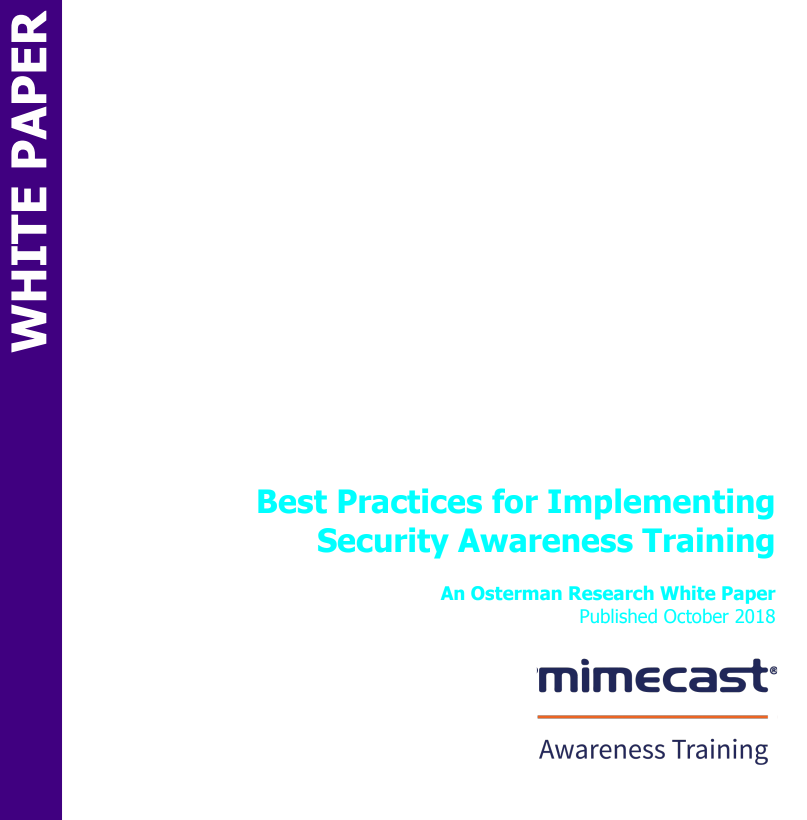
Best practices for implementing security awareness training
How to develop a security awareness programme that will actually change behaviour
Marcin Kleczynski, CEO at Malwarebytes, added that there’s been a rise in “pre-installed malware, adware and multi-vector attacks signals”, which indicated that hackers are becoming “more creative and increasingly persistent” with their attacks.
“It is imperative that, as an industry, we continue to raise the bar in defending against these sophisticated attacks, actively protecting both users and businesses by flagging and blocking all programs that may violate their privacy, infect their devices, or even turn the infrastructure they depend on against them,” said Kleczynski.
Roland is a passionate newshound whose journalism training initially involved a broadcast specialism, but he’s since found his home in breaking news stories online and in print.
He held a freelance news editor position at ITPro for a number of years after his lengthy stint writing news, analysis, features, and columns for The Inquirer, V3, and Computing. He was also the news editor at Silicon UK before joining Tom’s Guide in April 2020 where he started as the UK Editor and now assumes the role of Managing Editor of News.
Roland’s career has seen him develop expertise in both consumer and business technology, and during his freelance days, he dabbled in the world of automotive and gaming journalism, too.
-
 Bigger salaries, more burnout: Is the CISO role in crisis?
Bigger salaries, more burnout: Is the CISO role in crisis?In-depth CISOs are more stressed than ever before – but why is this and what can be done?
By Kate O'Flaherty Published
-
 Cheap cyber crime kits can be bought on the dark web for less than $25
Cheap cyber crime kits can be bought on the dark web for less than $25News Research from NordVPN shows phishing kits are now widely available on the dark web and via messaging apps like Telegram, and are often selling for less than $25.
By Emma Woollacott Published
-
 A journey to cyber resilience
A journey to cyber resiliencewhitepaper DORA: Ushering in a new era of cyber security
By ITPro Published
-
 A new framework for third-party risk in the European Union
A new framework for third-party risk in the European Unionwhitepaper Report: DORA and cyber risk
By ITPro Published
-
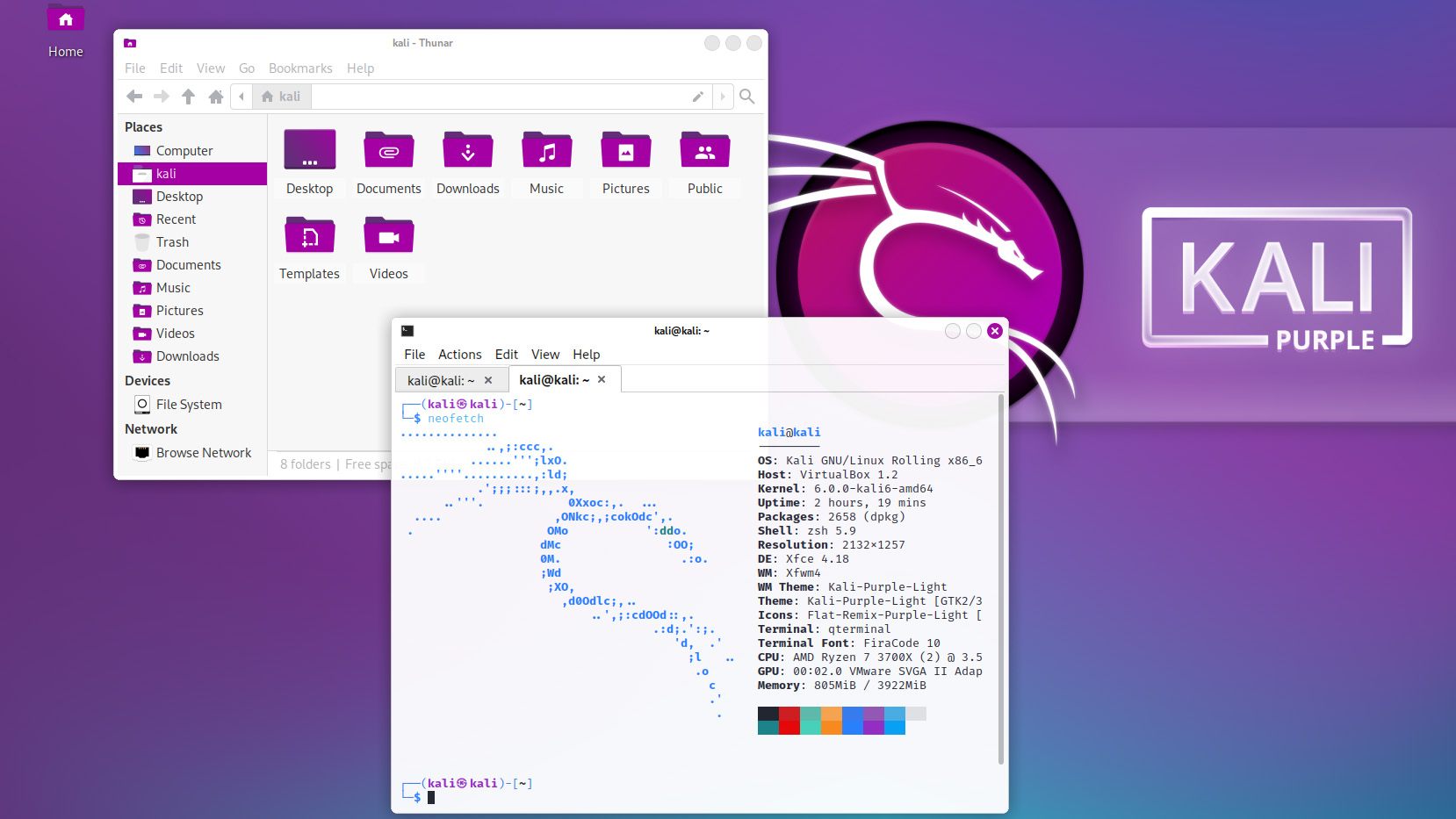 Kali Linux releases first-ever defensive distro with score of new tools
Kali Linux releases first-ever defensive distro with score of new toolsNews Kali Purple marks the next step for the red-teaming platform on the project's tenth anniversary
By Rory Bathgate Published
-
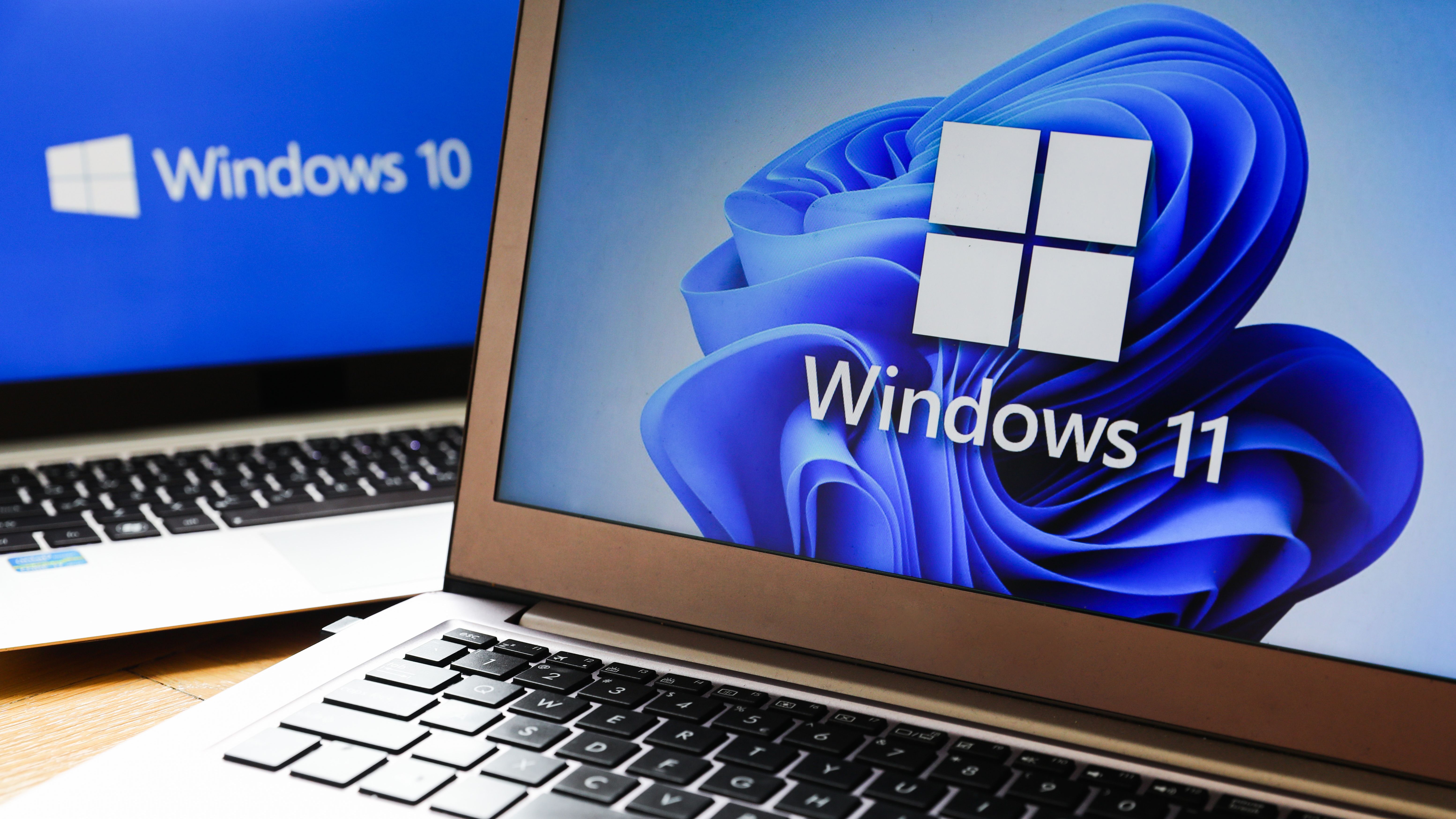 Microsoft releases scripts to restore shortcuts deleted in faulty Windows Defender update
Microsoft releases scripts to restore shortcuts deleted in faulty Windows Defender updateNews However, some users have resorted to creating their own fixes as they’ve encountered Microsoft’s to be problematic
By Zach Marzouk Published
-
 Windows Defender update deletes Start Menu, Taskbar, Desktop shortcuts
Windows Defender update deletes Start Menu, Taskbar, Desktop shortcutsNews For now, it appears that administrators will have to manually recreate their shortcuts once the issue has been fixed
By Zach Marzouk Published
-
 IBM LinuxONE for dummies
IBM LinuxONE for dummiesWhitepaper Secure your data, build an open hybrid cloud environment, and realise the cost benefits of consolidation
By ITPro Published
-
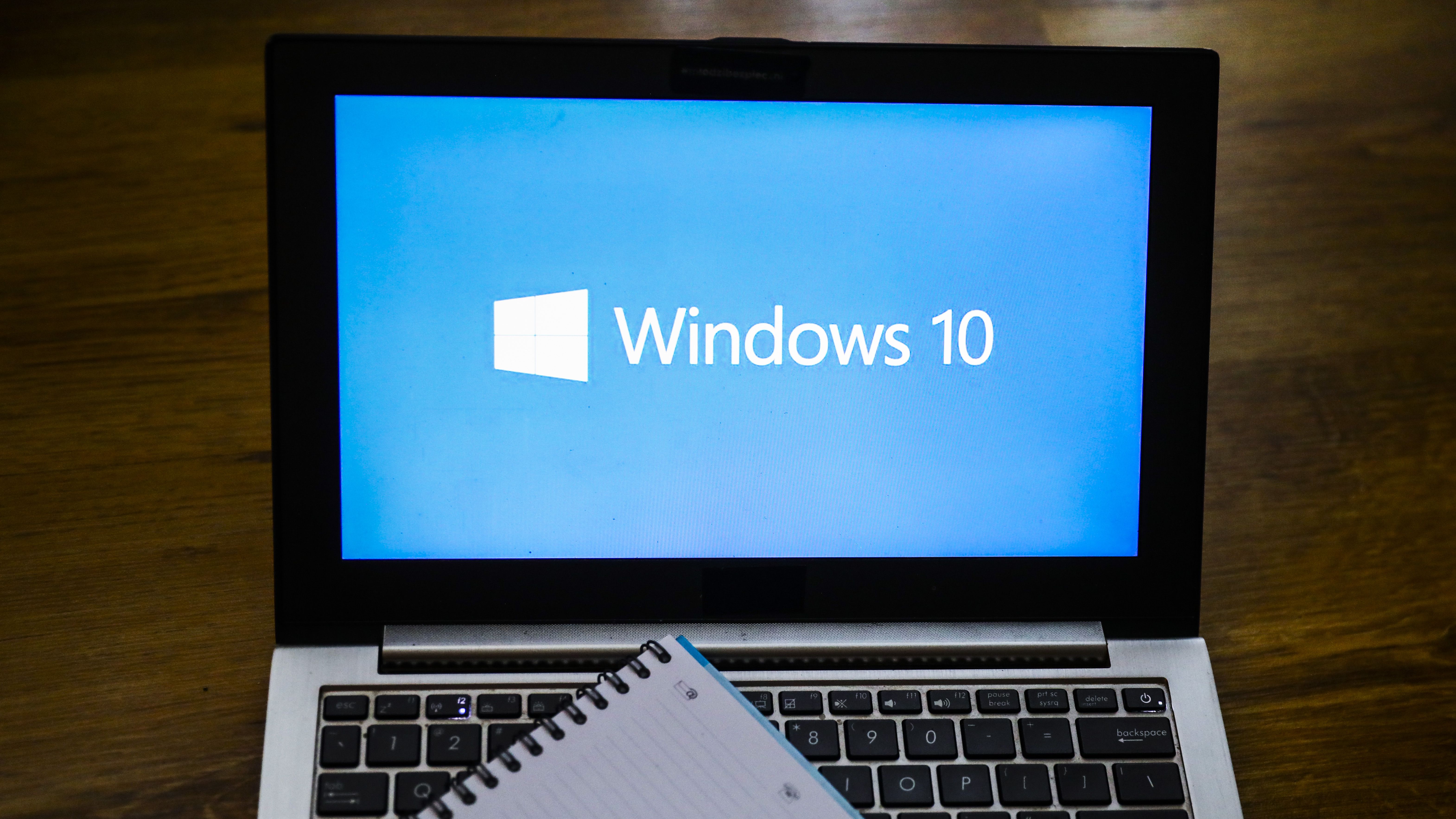 Windows 10 users encounter ‘blue screen of death’ after latest Patch Tuesday update
Windows 10 users encounter ‘blue screen of death’ after latest Patch Tuesday updateNews Microsoft said it is working on a fix for the issue and has offered users a temporary workaround
By Ross Kelly Published
-
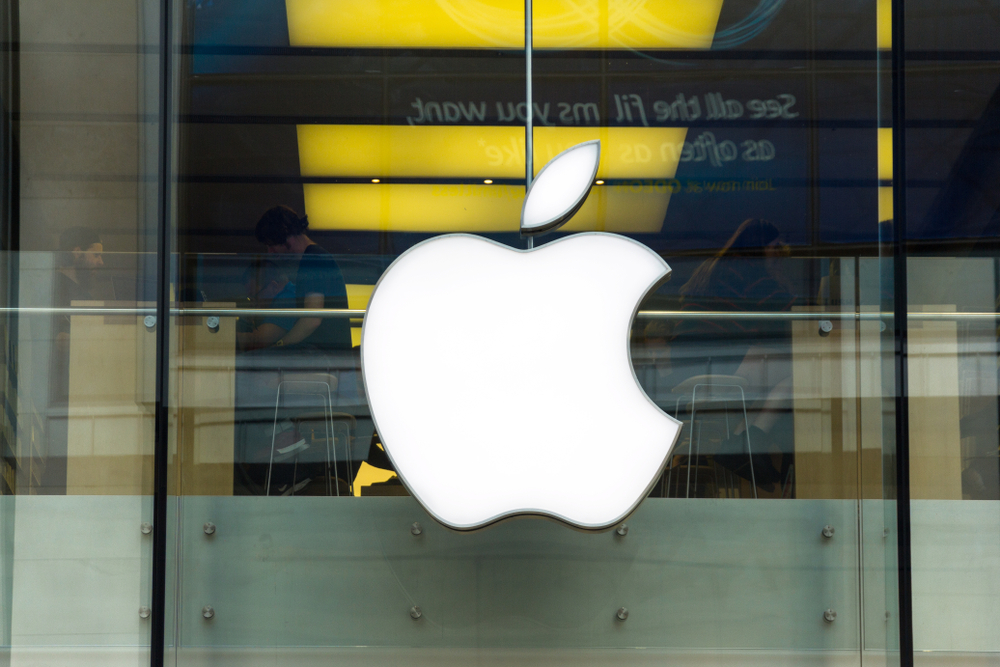 Apple issues fix for ‘actively exploited’ WebKit zero-day vulnerability
Apple issues fix for ‘actively exploited’ WebKit zero-day vulnerabilityNews The update marks the 10th fix for zero-day vulnerabilities this year
By Ross Kelly Published